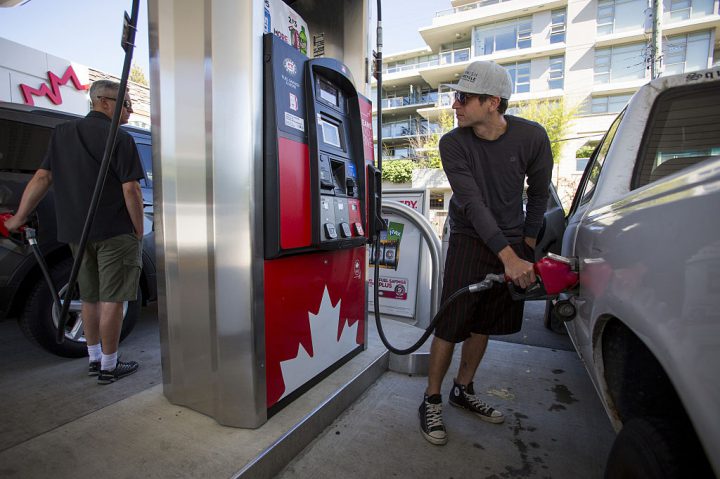The country’s annual pace of inflation sped up to 2.2 per cent last month to rise above the central bank’s ideal target of two per cent, the highest in three years, Statistics Canada said Friday.

The agency’s February data showed a significant boost to the inflation rate compared with the month before when it was 1.7 per cent.
WATCH: Bank of Canada hikes key interest rate to 1.25%

The report also found the average of the agency’s three measures of core inflation, designed to omit the noise of more-volatile items like gasoline, also continued its upward momentum last month and has now climbed slightly above two per cent.
Inflation is a central piece of the information for the Bank of Canada’s interest-rate decisions and, with both readings above target, another hike could come even sooner than experts have anticipated.

Get weekly money news
WATCH: What the Bank of Canada’s rising interest rate means for you

The inflation report said the main driver that pushed up year-over-year consumer prices in February was the higher cost of gasoline, which rose 12.6 per cent, while pricier items like restaurant meals and passenger vehicle also had impacts.
The primary downward forces on prices came from cheaper video equipment, digital devices, hotels and electricity.
Year-over-year prices climbed in every province in February compared to the year before, with the strongest acceleration in Atlantic Canada.
The last time the overall inflation reading reached 2.2 per cent was October 2014, just as the oil-price crash was getting underway, while the average of the core measures hasn’t been above two per cent since February 2012.
Bank of Canada governor Stephen Poloz has hiked the benchmark interest rate three times since last summer, but he maintained the rate following a policy meeting earlier this month in order to buy more time to monitor trade-related uncertainties out of the United States.
At the time, the bank reiterated that more interest rate hikes would likely be necessary over time. However, it said the governing council would proceed cautiously when considering future decisions and would be guided by incoming data, such as the economy’s sensitivity to higher rates, the evolution of economic capacity and changes to wage growth and inflation.
In a separate report Friday, Statistics Canada said retail sales increased 0.3 per cent in January to $49.9 billion, with the biggest increase coming from general merchandise stores. In comparison, retail trade fell 0.8 per cent in December to $49.6 billion.
-With files from Reuters







Comments